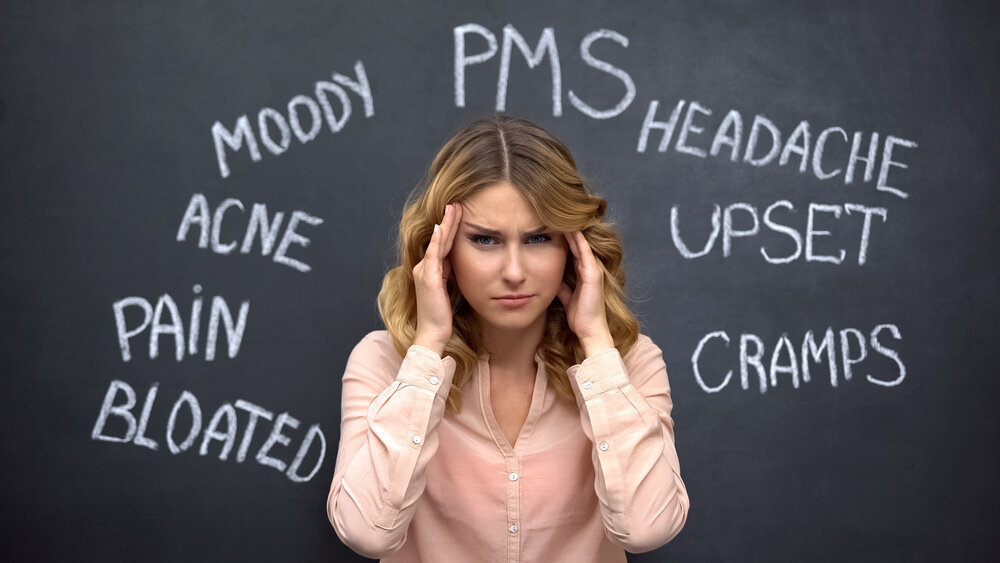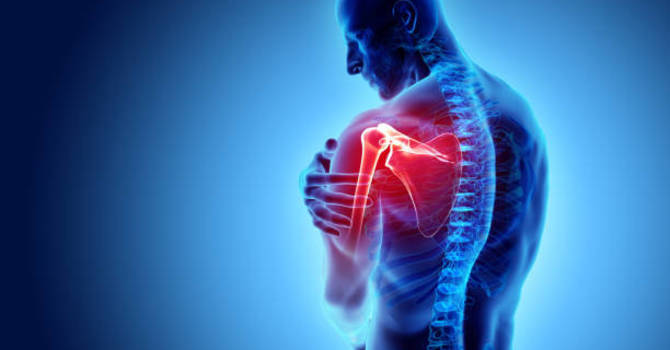
At Tulsi Wellness Club, we understand that navigating health changes after a hysterectomy can be complex, especially when it comes to managing symptoms similar to premenstrual syndrome (PMS). While a hysterectomy typically involves the removal of the uterus and may alleviate menstrual cycles, some individuals still experience PMS-like symptoms due to hormonal changes or other factors. In this article, we provide a guide on how to track and manage PMS-like symptoms post-hysterectomy.
Understanding PMS and Hysterectomy
Premenstrual Syndrome (PMS) refers to a range of symptoms that occur in the luteal phase of the menstrual cycle, usually before menstruation. Symptoms can include mood swings, bloating, fatigue, and irritability. After a hysterectomy, which involves the surgical removal of the uterus, menstrual cycles cease. However, hormonal fluctuations and other changes can still lead to symptoms that mimic PMS.
Why You Might Experience PMS-like Symptoms After Hysterectomy
- Hormonal Imbalance
Even though menstruation ends after a hysterectomy, hormonal imbalances can persist, especially if the ovaries are left intact. The ovaries may continue to produce hormones, and fluctuations can still occur, leading to symptoms similar to PMS.
- Surgical Menopause
If the ovaries are removed during the hysterectomy, you may enter surgical menopause. This sudden change in hormone levels can cause symptoms akin to PMS, including mood swings and hot flashes.
- Emotional and Physical Adjustment
The physical and emotional adjustments following a hysterectomy can also contribute to symptoms similar to PMS. The body and mind may need time to adapt to the significant changes in reproductive health.
How to Track PMS-like Symptoms After Hysterectomy
- Keep a Symptom Diary
Maintaining a detailed diary of your symptoms can help identify patterns and triggers. Record the following:
- Date and Time: Note when symptoms occur.
- Type of Symptoms: Include physical symptoms (bloating, fatigue) and emotional symptoms (mood swings, irritability).
- Severity: Rate the intensity of each symptom.
- Lifestyle Factors: Track diet, exercise, stress levels, and sleep patterns, as these can impact your symptoms.
- Use a Symptom Tracking App
Several mobile apps are designed to track symptoms and health patterns. These apps can help you log your symptoms, identify trends, and provide insights into potential triggers. Look for apps that allow customizable entries and offer reminders.
- Monitor Hormone Levels
Consult with your healthcare provider to discuss hormone level testing. Blood tests can measure levels of estrogen, progesterone, and other hormones, providing valuable information on hormonal balance and guiding treatment options.
- Evaluate Lifestyle and Diet
Changes in lifestyle and diet can impact your symptoms. Consider evaluating your:
- Diet: Focus on a balanced diet rich in fruits, vegetables, lean proteins, and whole grains. Reducing caffeine, alcohol, and high-sugar foods may also help manage symptoms.
- Exercise: Regular physical activity can improve mood and reduce symptoms of PMS-like conditions.
- Stress Management: Incorporate stress-reducing practices such as yoga, meditation, or deep breathing exercises into your routine.
- Consult with a Specialist
If symptoms persist or worsen, consult with a specialist, such as a gynecologist or endocrinologist. They can offer tailored advice and explore potential treatments, including hormone replacement therapy (HRT) or other medications, to address symptoms.
Tulsi Wellness Club’s Support
At Tulsi Wellness Club, we are dedicated to supporting you through all phases of your health journey, including life after a hysterectomy. Our team of experts can help you understand and manage symptoms, providing personalized care and practical solutions. Whether you need advice on tracking symptoms, managing hormonal changes, or incorporating lifestyle modifications, we are here to assist.
Conclusion
Tracking PMS-like symptoms after a hysterectomy involves a comprehensive approach that includes keeping a symptom diary, using tracking apps, monitoring hormone levels, and evaluating lifestyle factors. By understanding and managing these symptoms, you can enhance your well-being and quality of life. At Tulsi Wellness Club, we are here to support you with expert guidance and personalized care to navigate these changes effectively.
Dr. Klea Doko
Contact Me


